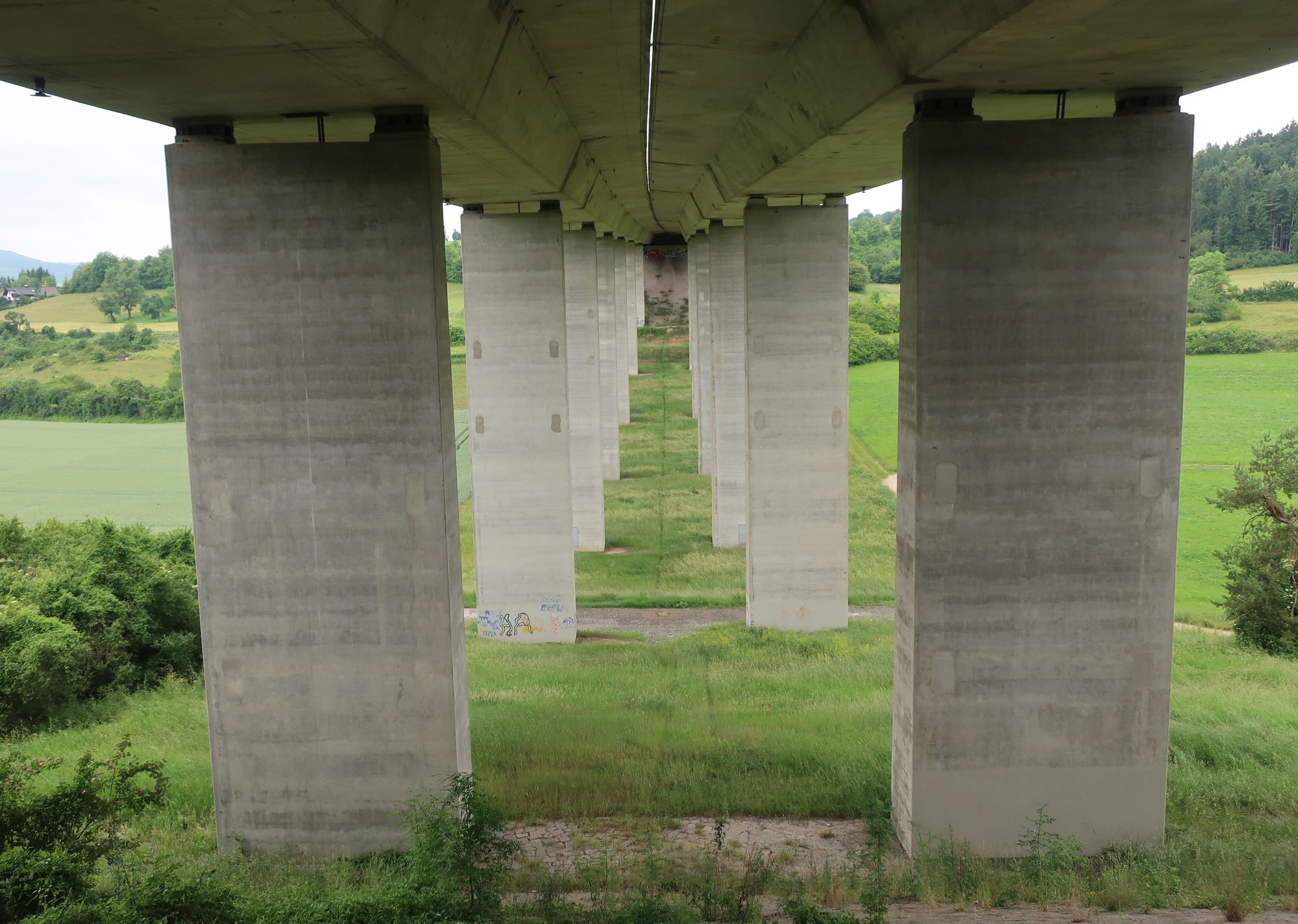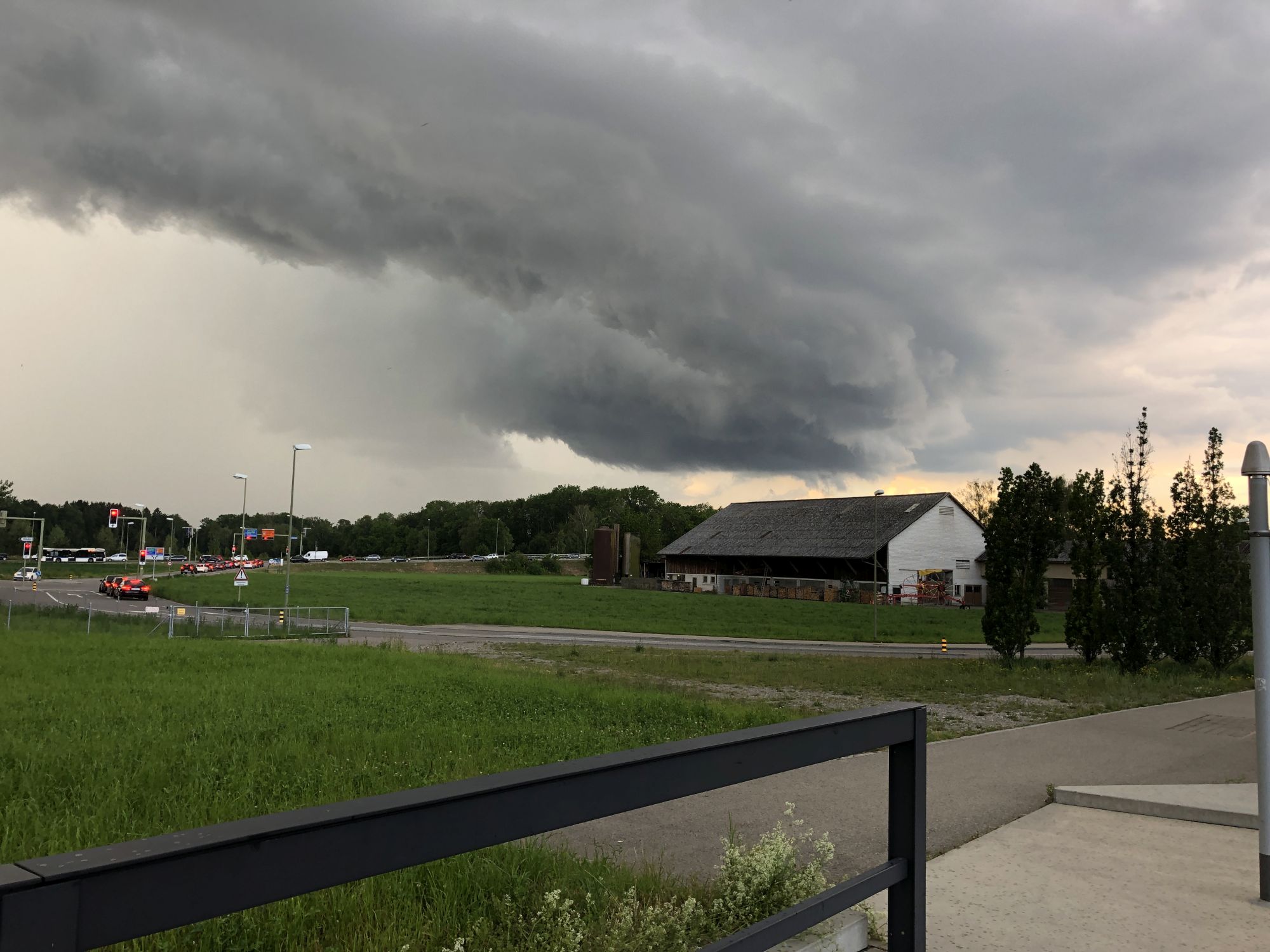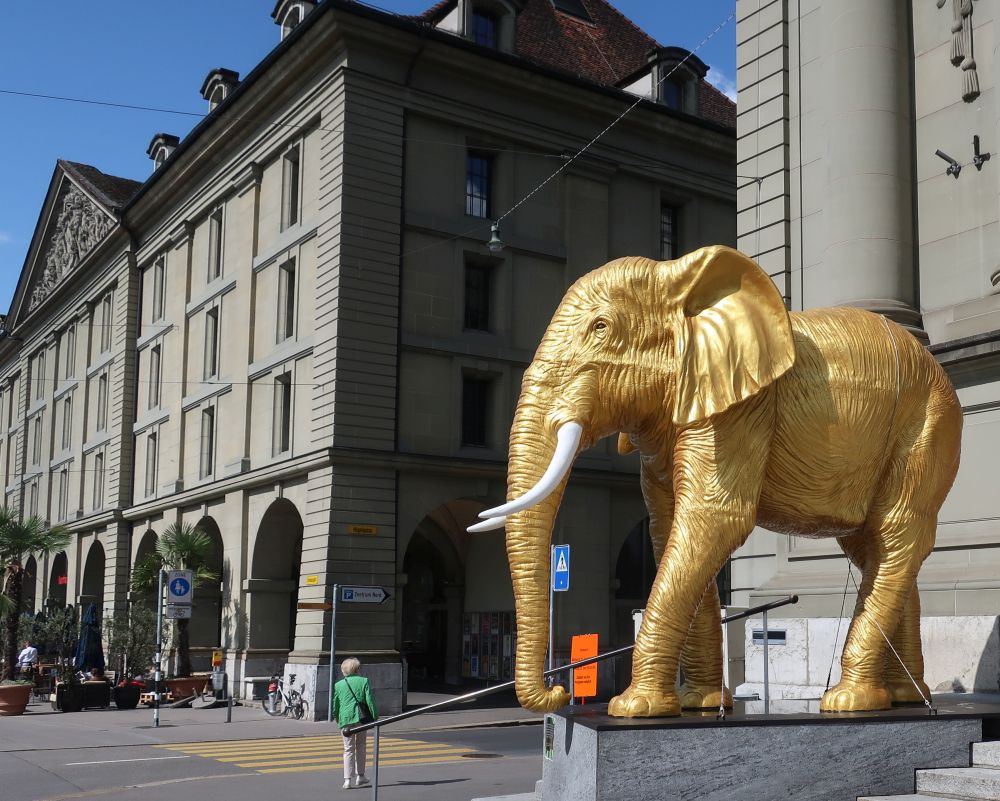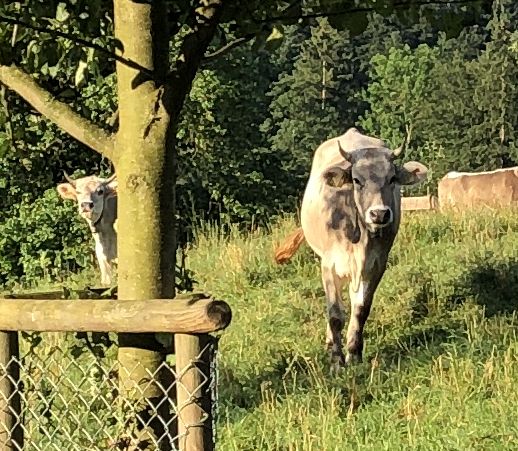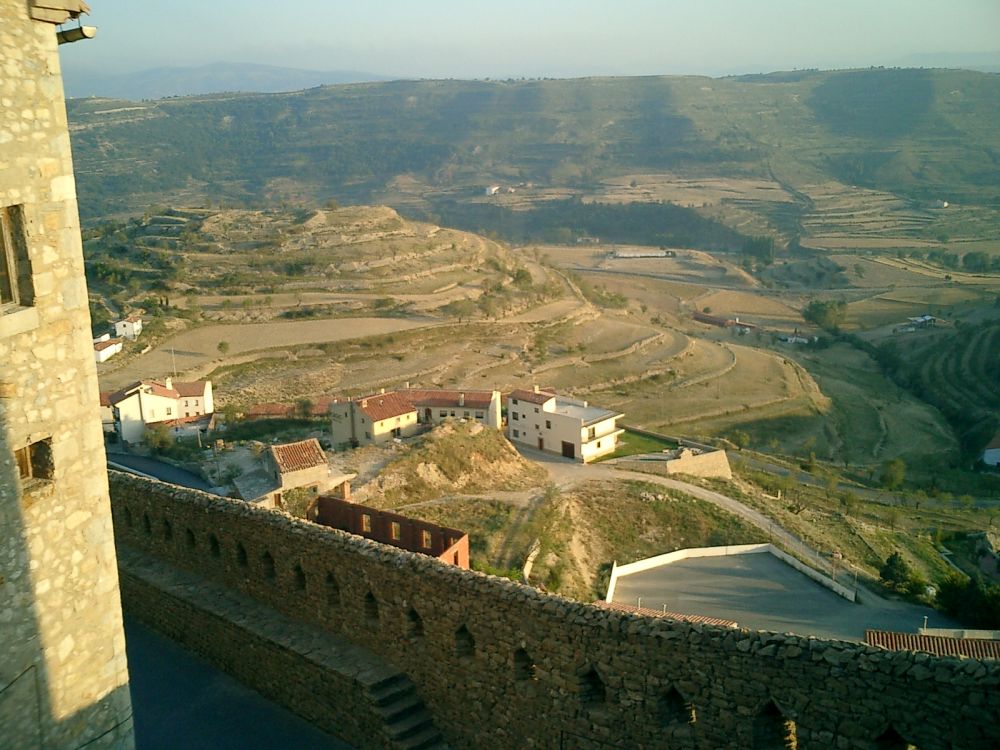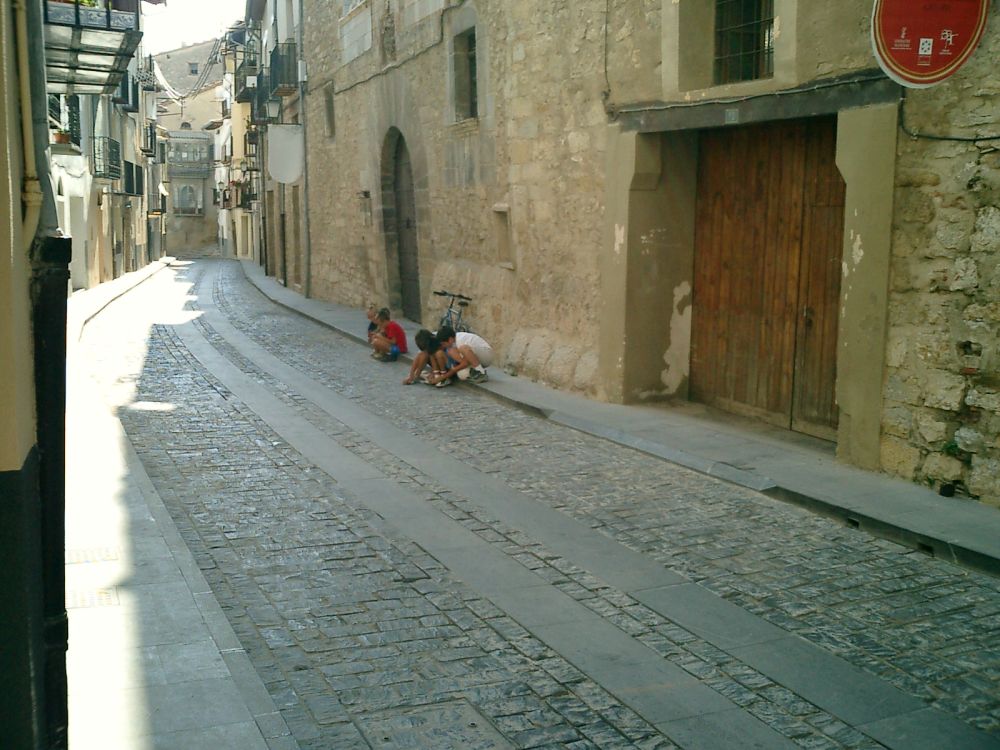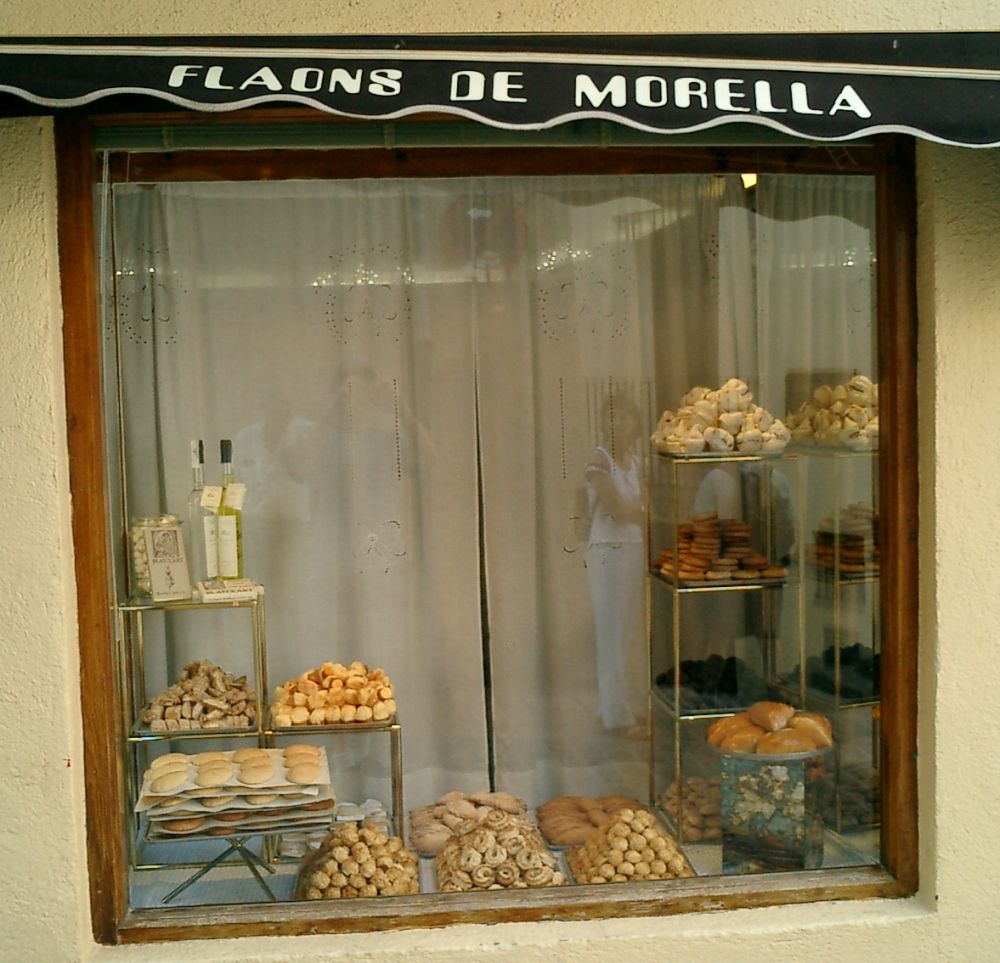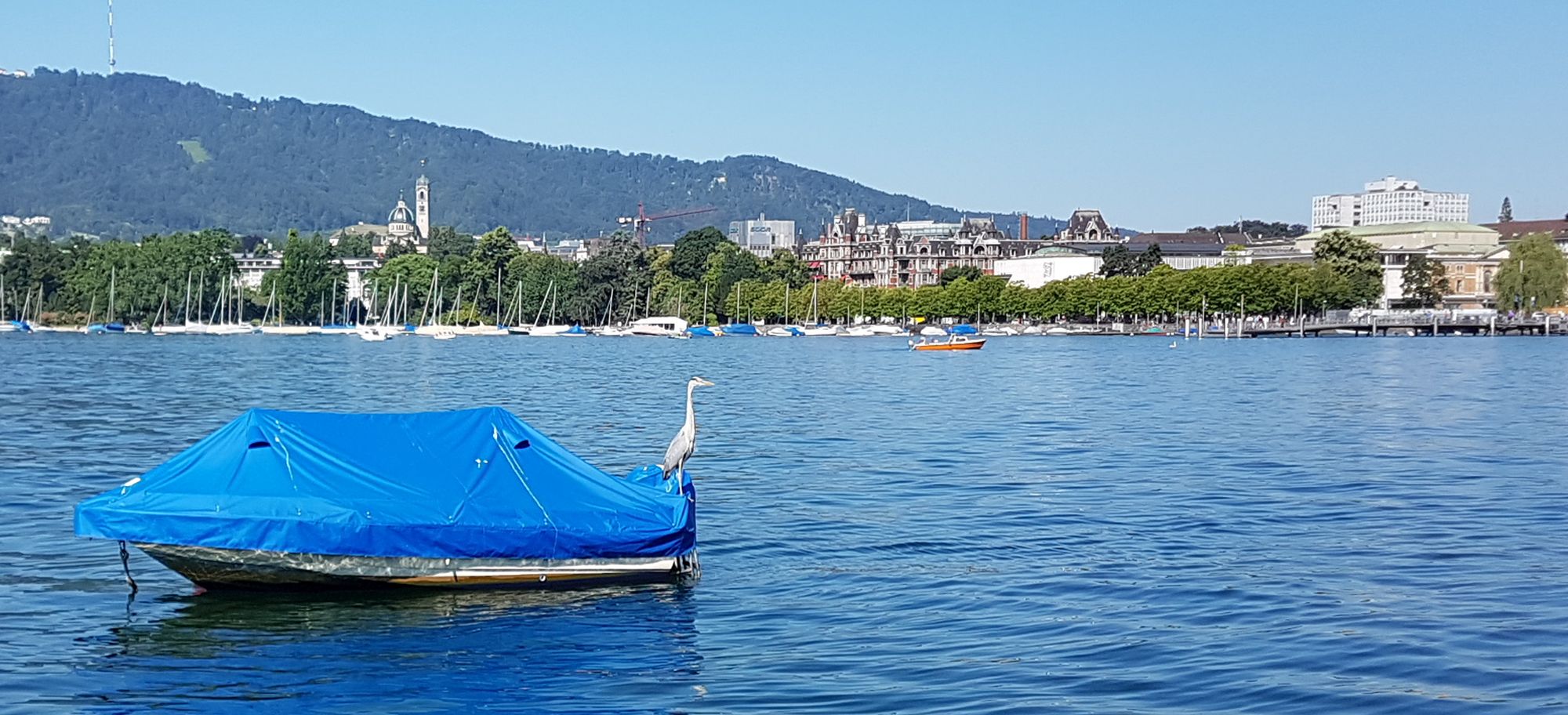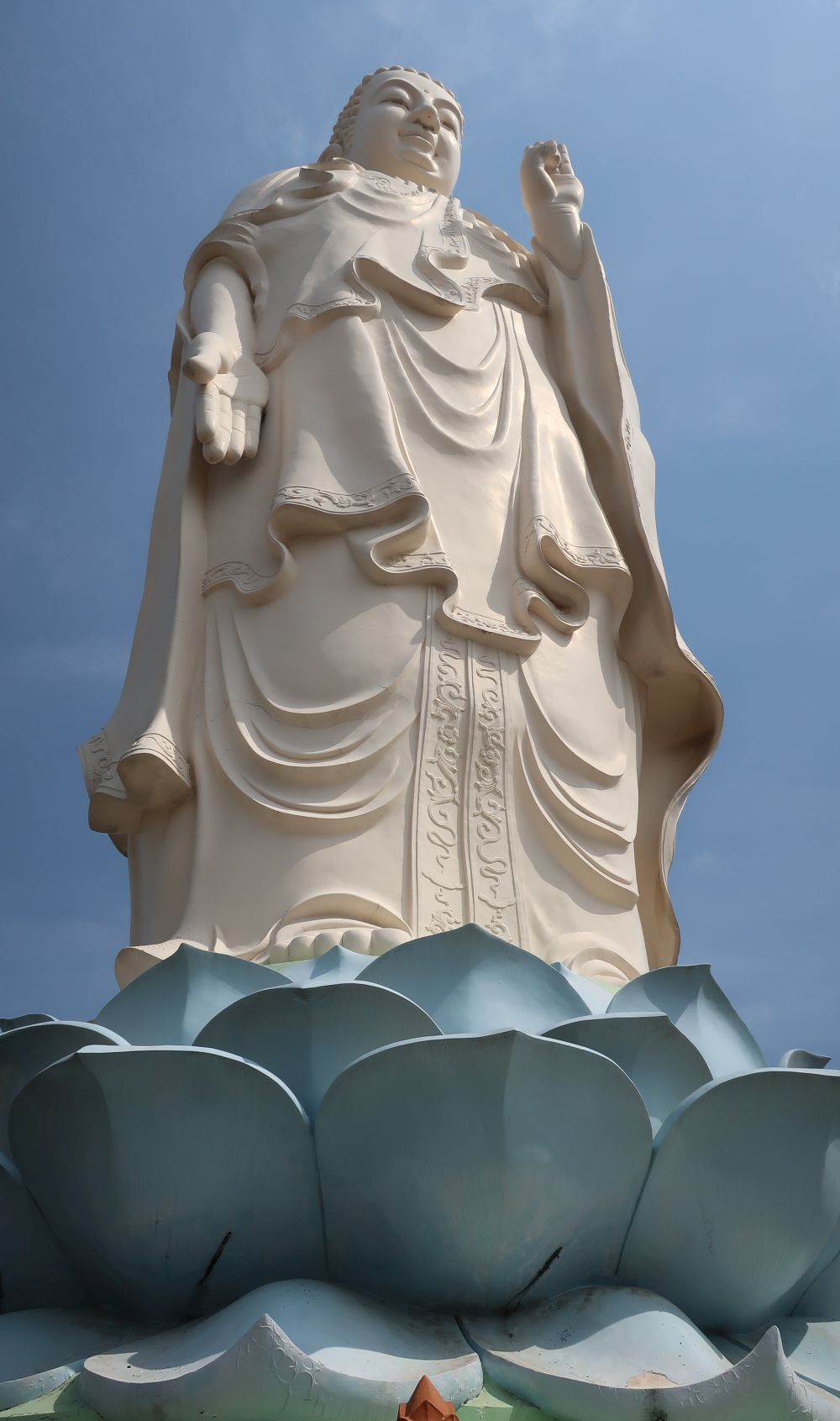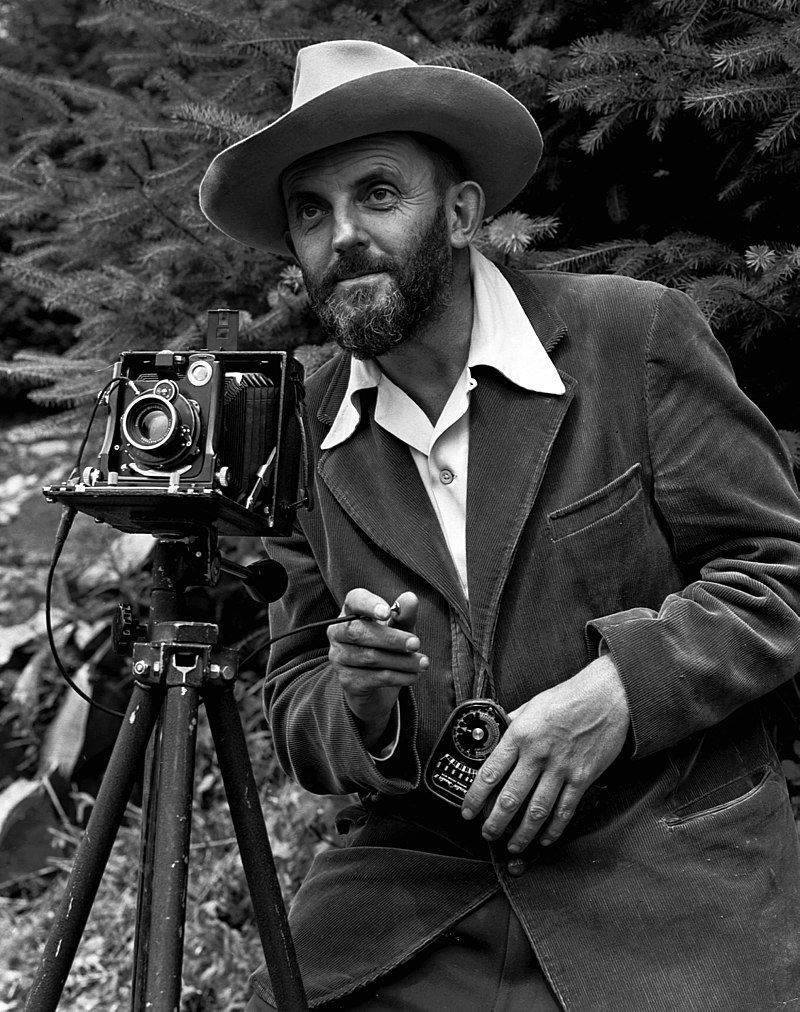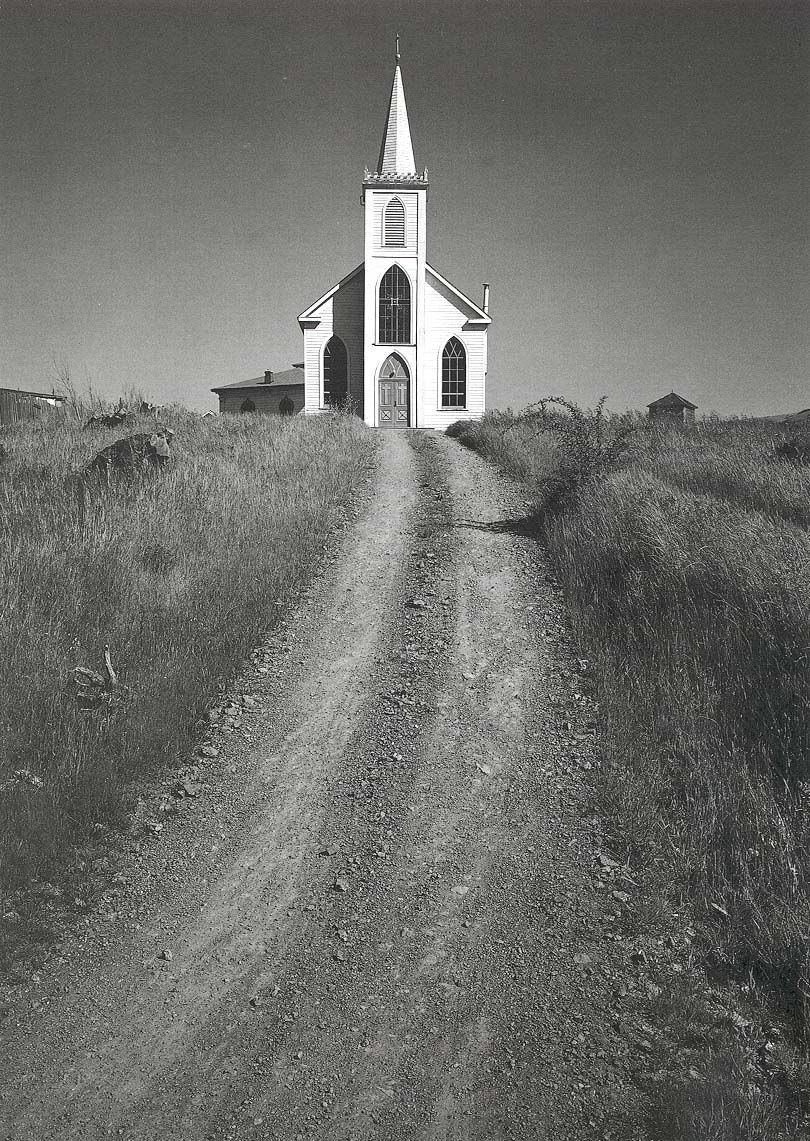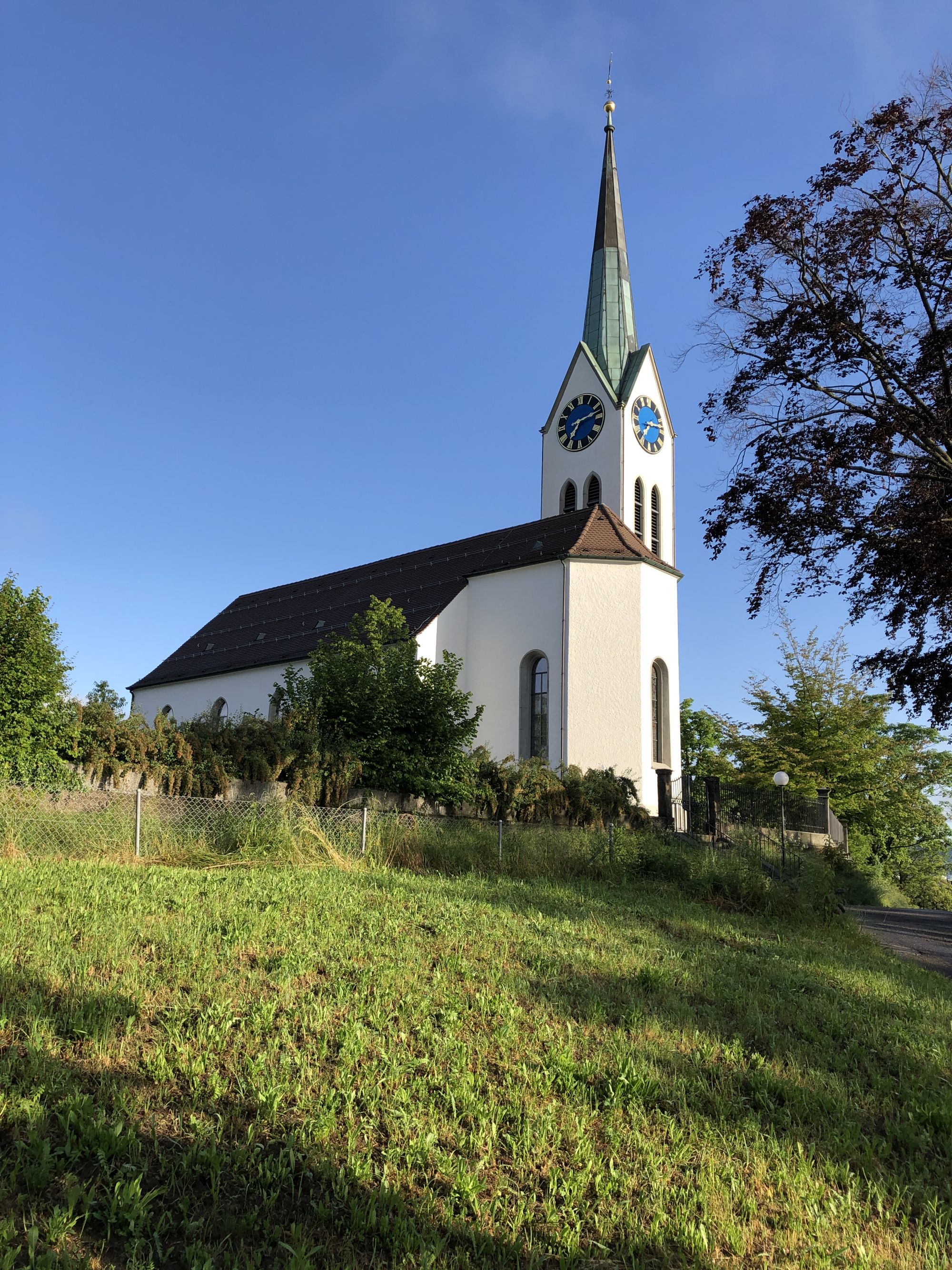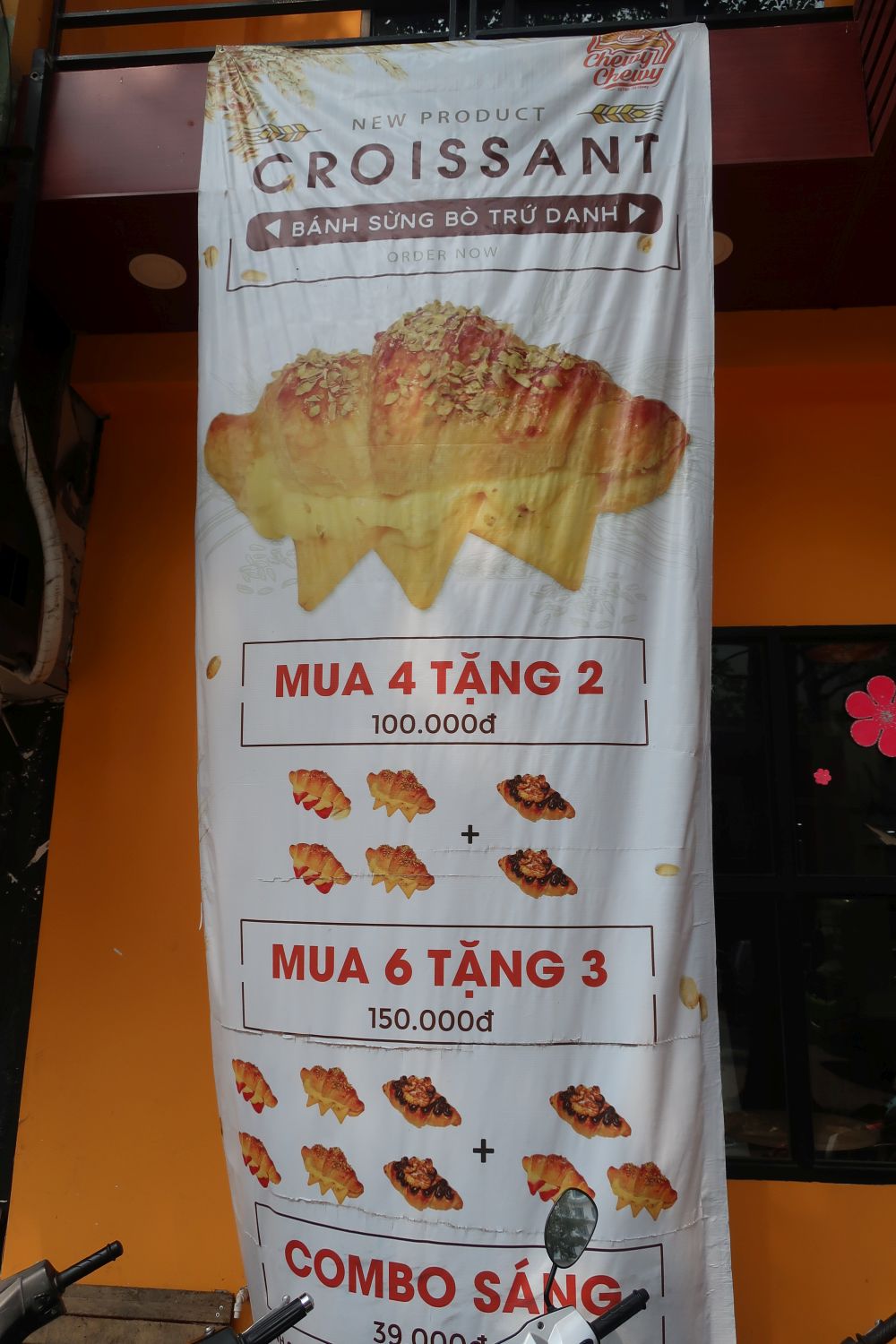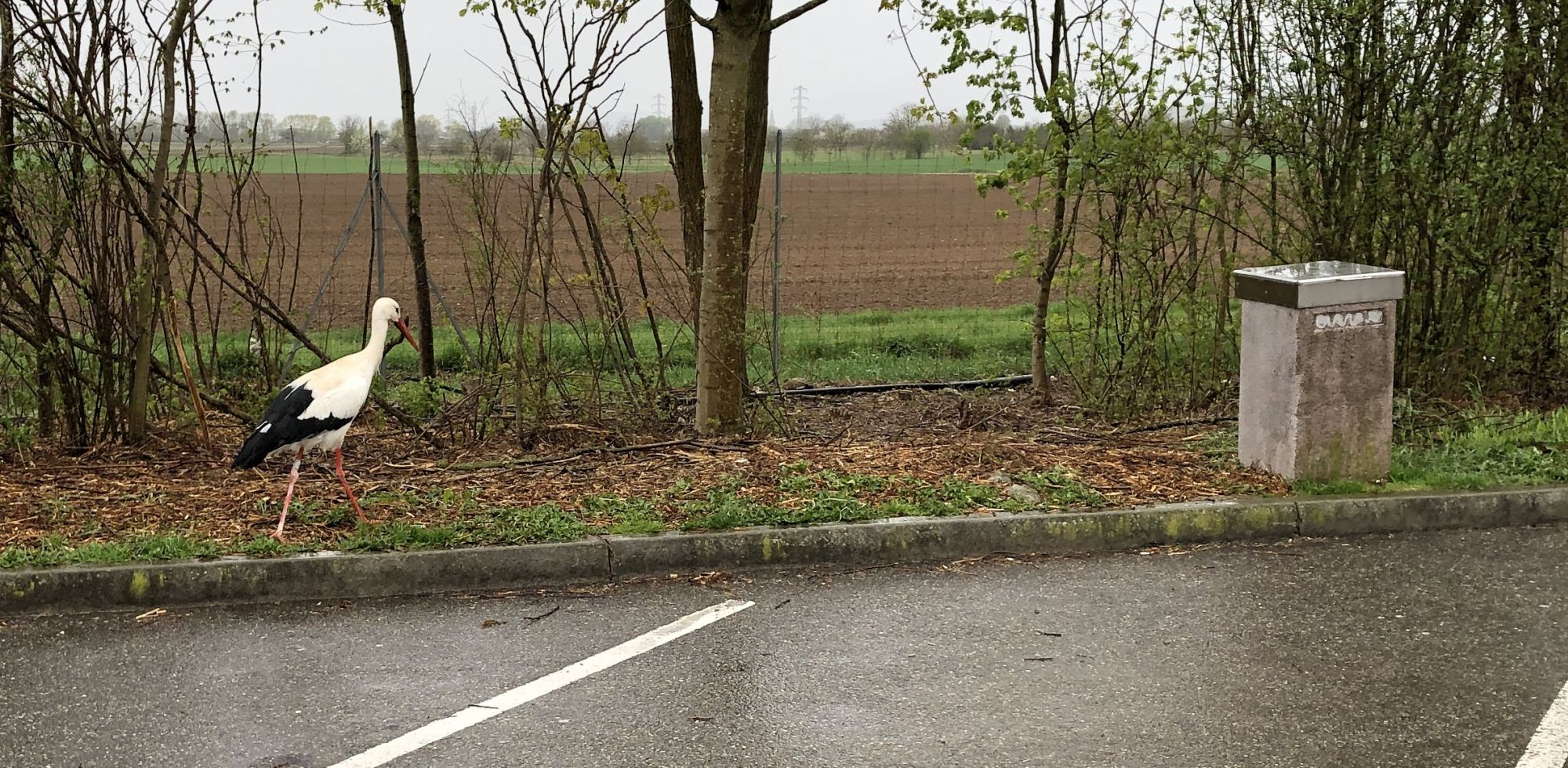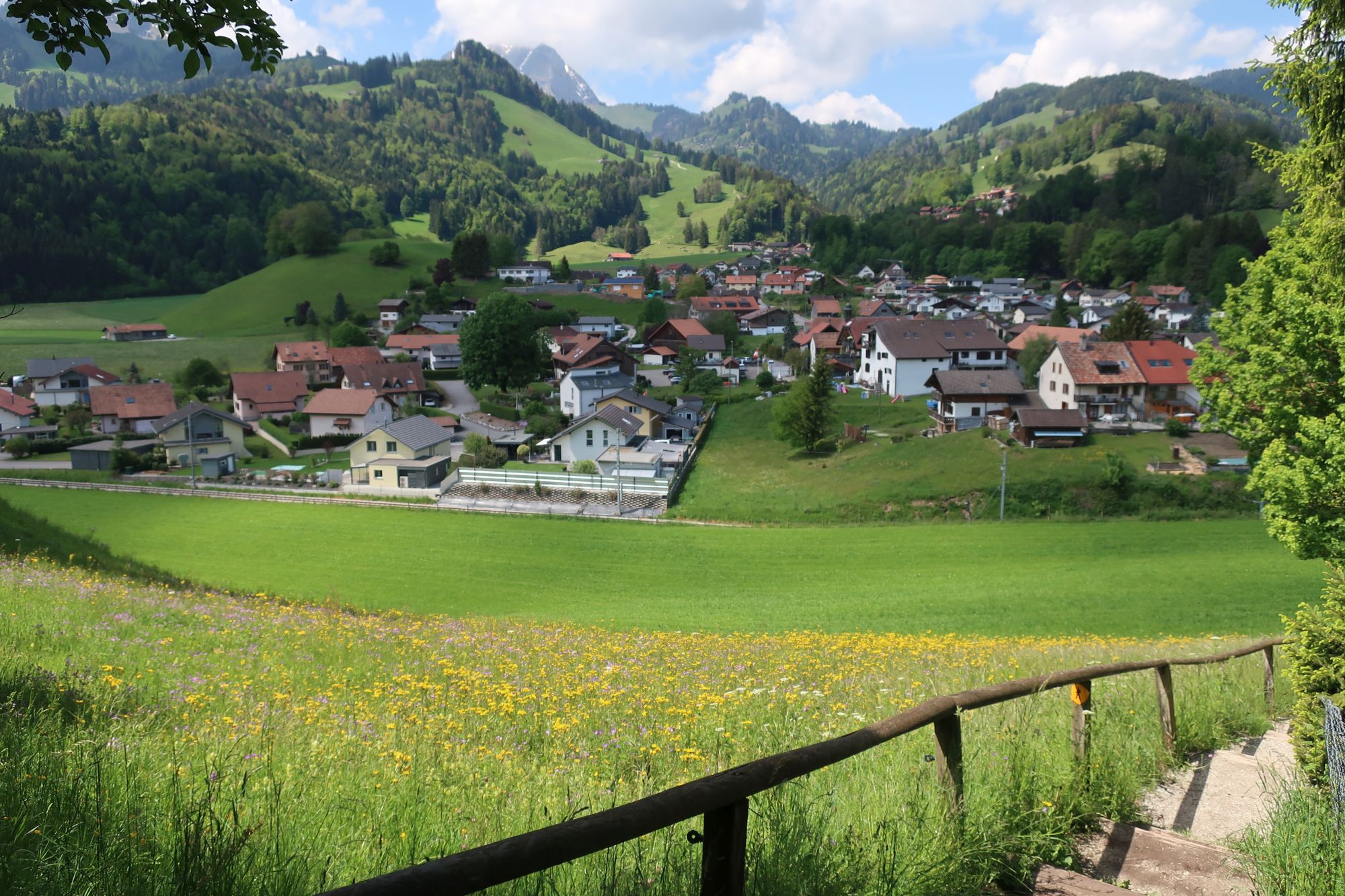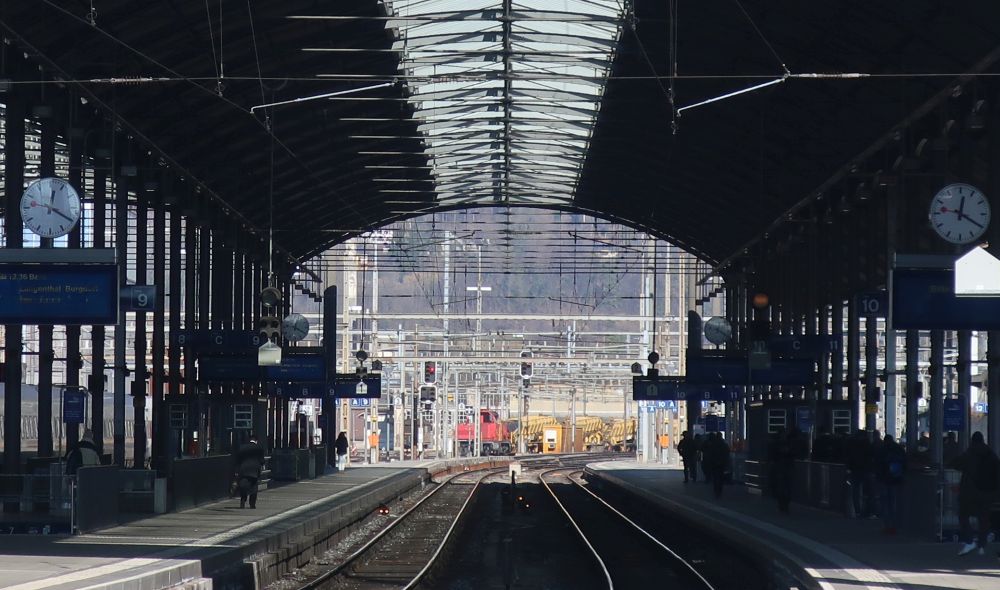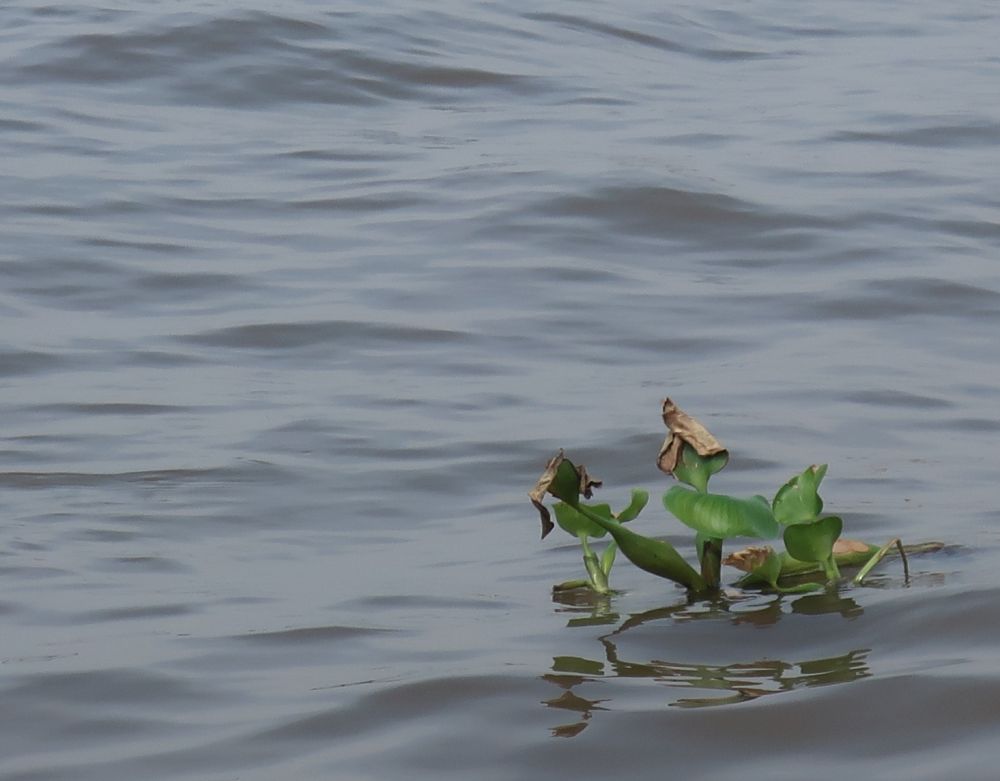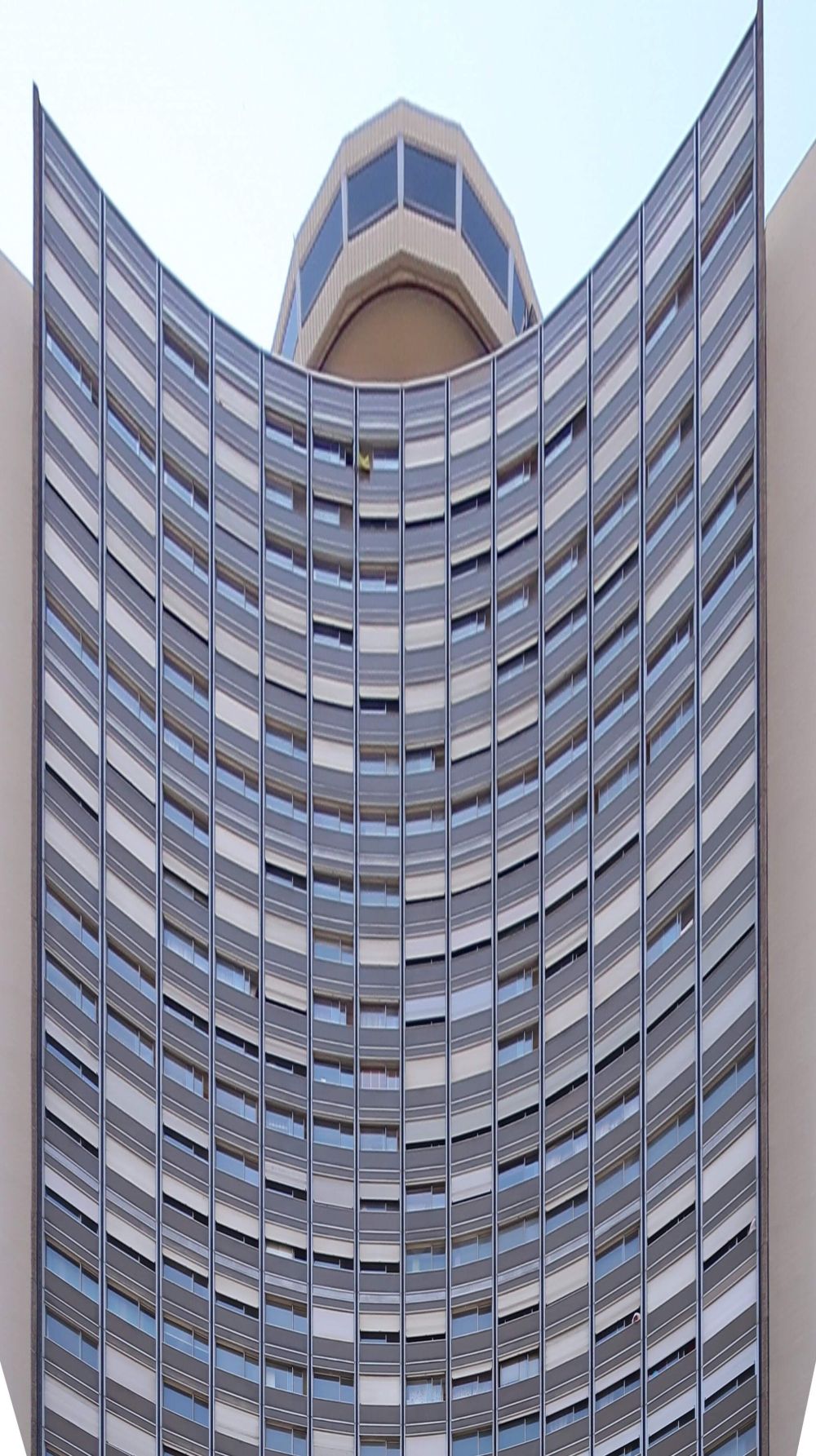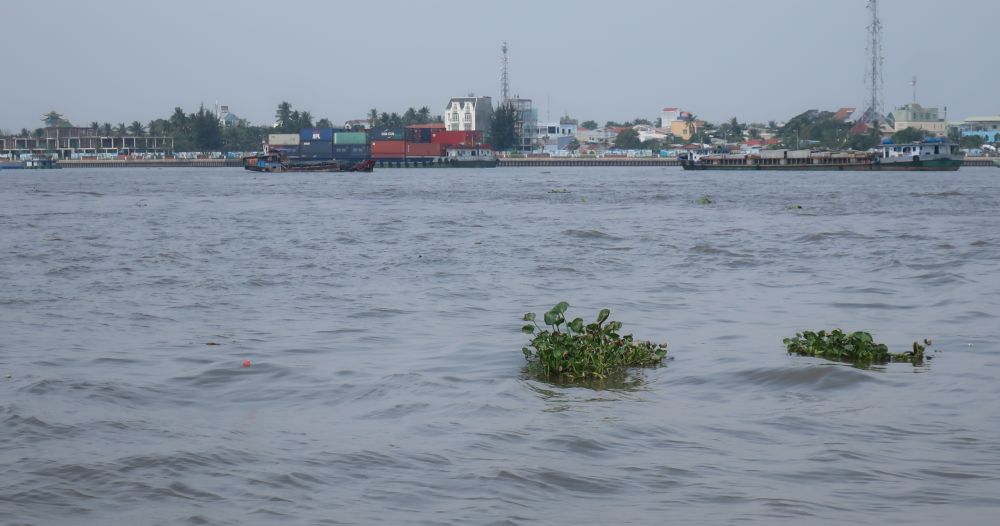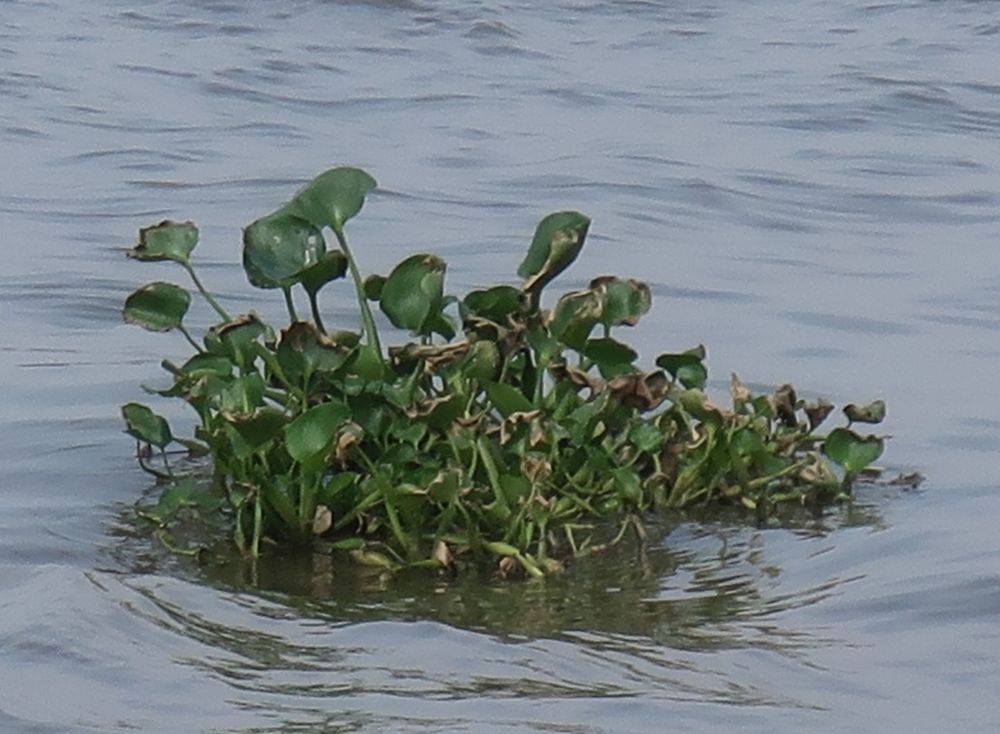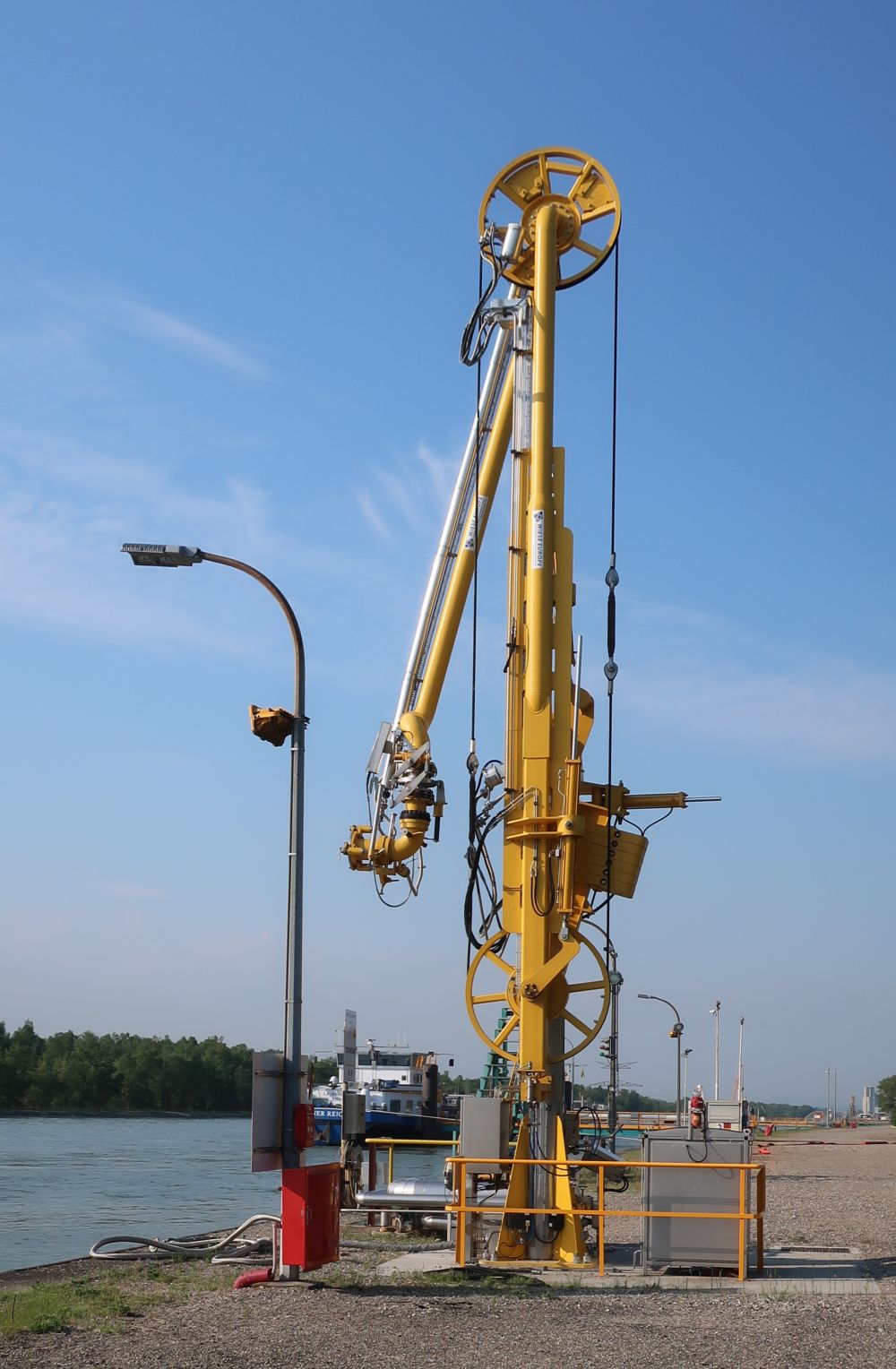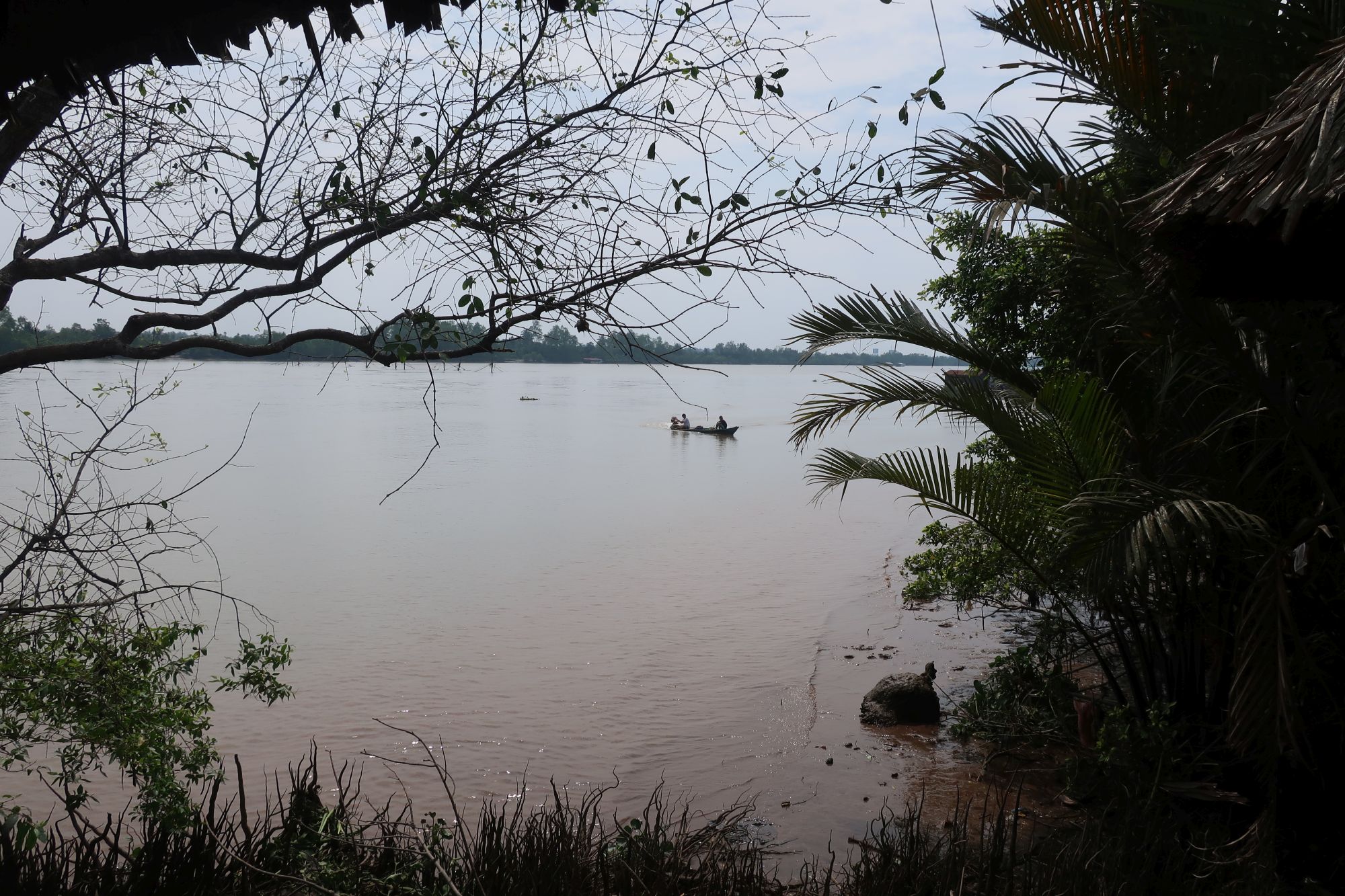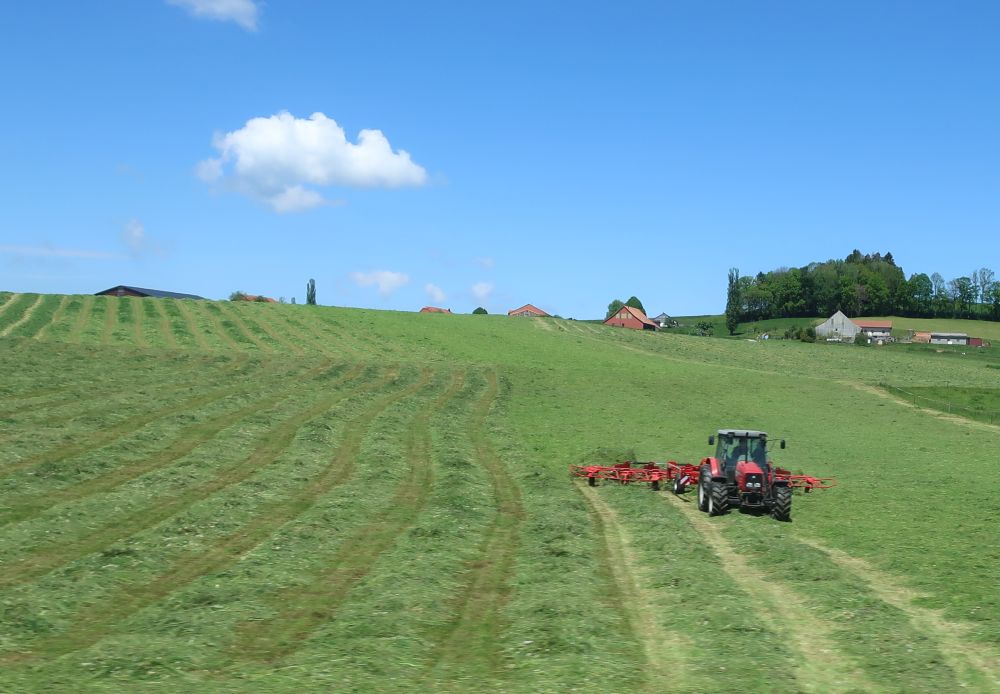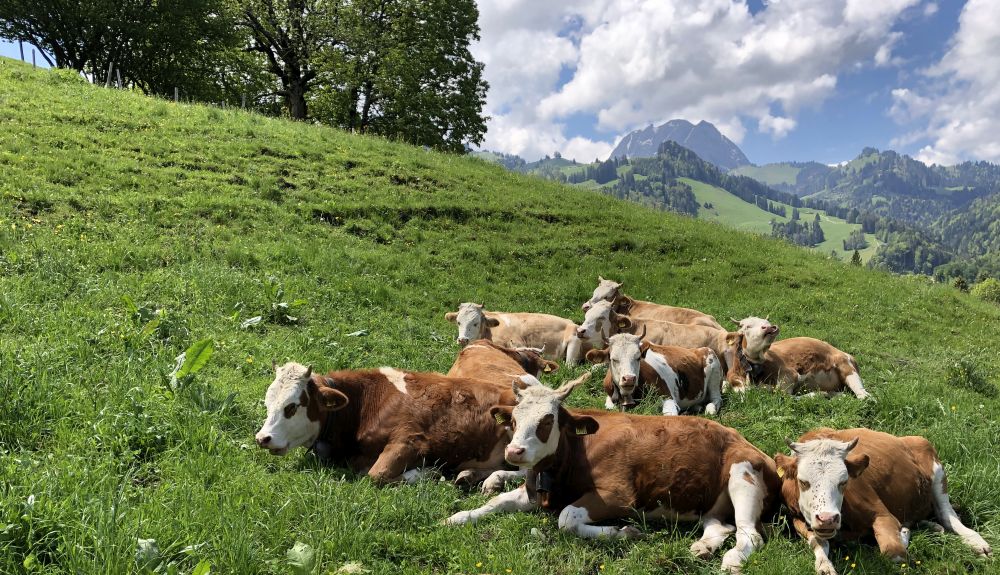This is late Swiss artist H.R. Giger (1940 – 2014):
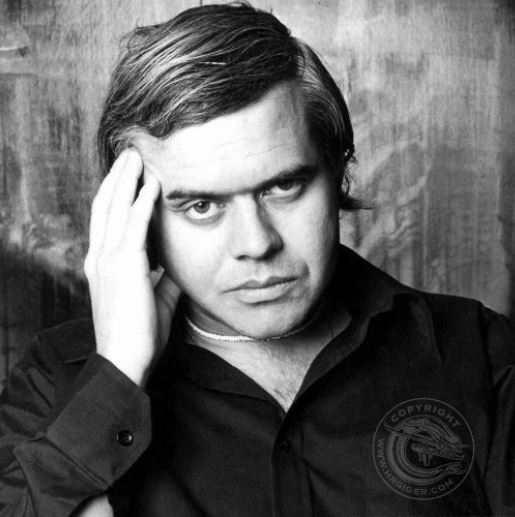
He is famous as the creator of the terrifying extraterrestrial creature in the Alien movie series, which looks like this:

Well, there is also museum in the Swiss town of Gruyère that has literally hundreds of his works spread out over many floors. Sadly, you are not allowed to take photographs inside the museum, so I tried to respect that. But outside of the museum there are a few of his pieces, such as:
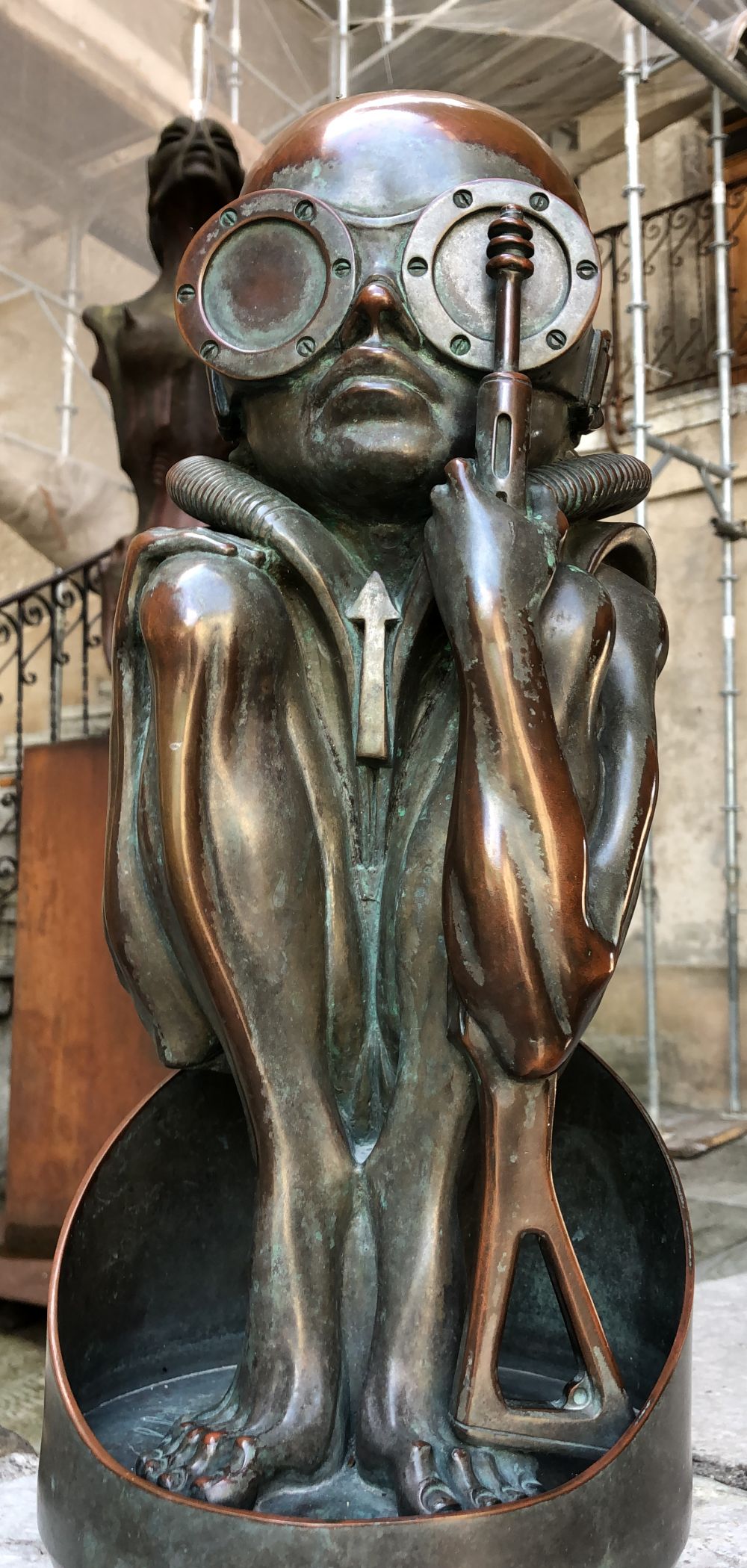
And
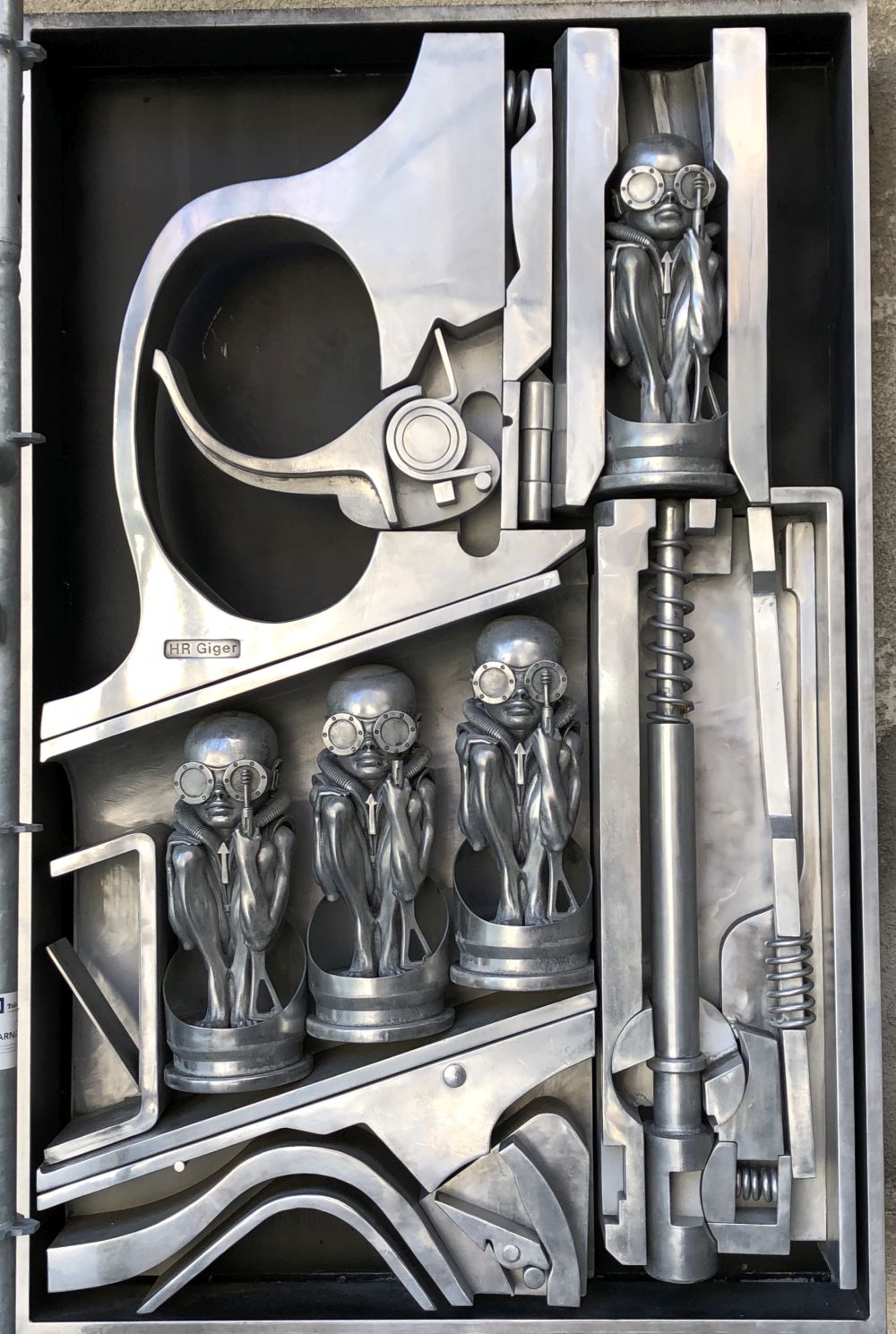
And
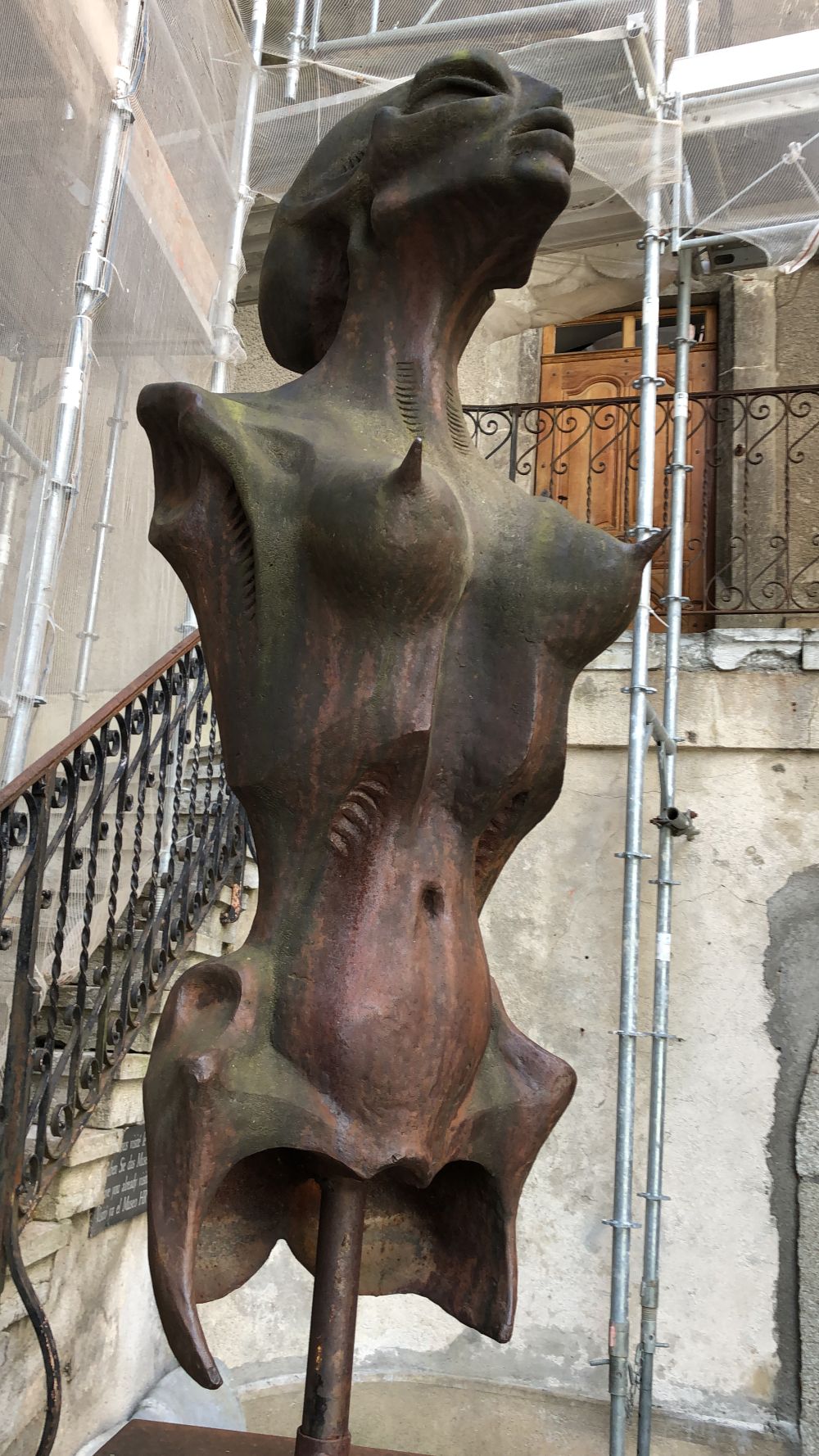
Now to be honest I don’t really know anything about H. R. Giger, although I am sure there are people who do, so what follows may seem a bit absurd – but please bear with me.
The first thing that hits you is that all of the hundreds of pieces are very nearly the same, the Alien creature being perhaps the penultimate version of what you see. But they are all just tiny variations on this theme.
Now keeping this in mind when you see the flabbergastingly huge number of pieces, most of them very large and requiring a signficant time investment to create, the first thing I thought of was obsession – as if he were a mad character with a single image in his brain that he could not free himself from.
And THAT led me to the speculation that perhaps he was not mad. Perhaps he was the victim of a disease similar to toxoplasmosis gondi. There are in fact hundreds of different “zombie parasites” that infect animals and cause dramatic changes in their behavior. Perhaps a parasite had infected his brain and was creating images he could not free himself from.

